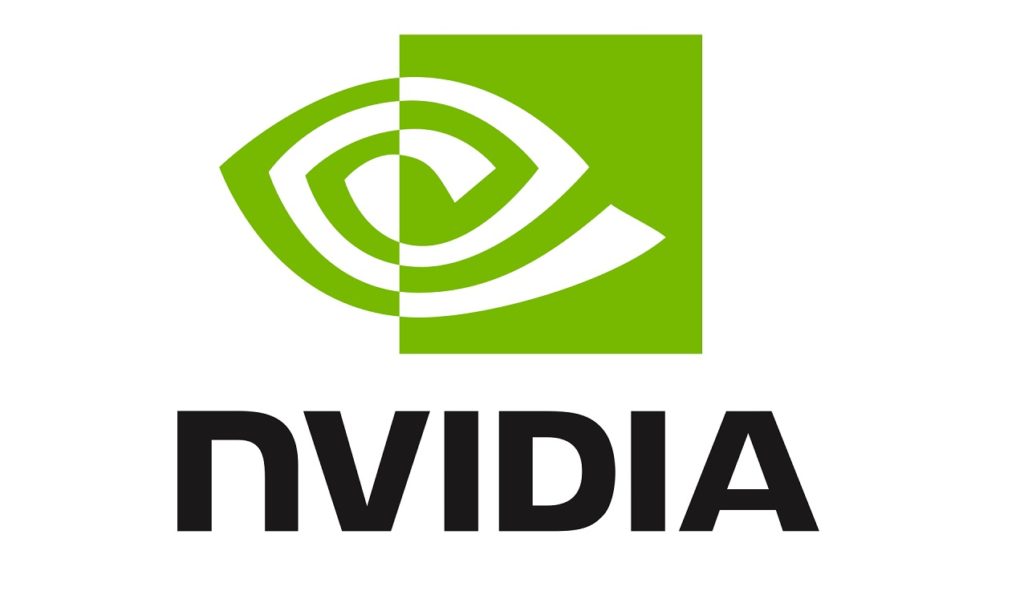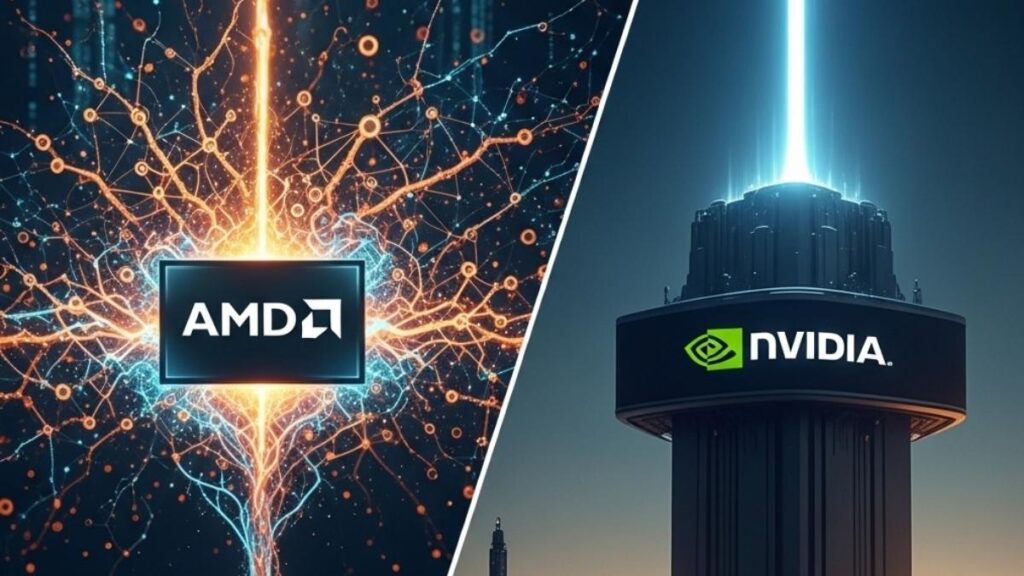Earlier this month, NVIDIA showcased a technology out of their labs that could massively both speed up and lower the cost of games and rendered movies. They did this by using AI to do the heavy lifting and generate scenes at a tiny fraction of the cost it takes animators and graphics artists to do that job today. Imagine being able to create photorealistic images in real time without the typical time you need to first create the individual cells and then use a render engine for hours or days to create a finished video. You could cut creation time down from years to days and maybe even hours.
But this has even broader implications when it comes to things like modeling for product or building development or event presentations to a court of law on events that only now exist in someone’s memory. How powerful would it be to walk into a court with a photorealistic video showcasing the testimony of a witness not to mention using that capability to refine and improve that testimony.
Let’s talk about NVIDIA’s amazing new Interactive Worlds AI Engine this week.
NVIDIA Interactive World Development Engine
Around a decade ago, HP took me to a presentation by DreamWorks on a new technology they were working on to massively reduce the time it took to create animated movies like Shrek or How To Train Your Dragon. This technology allowed an animator to create a scene, create the animated actors, and then move the actors with a mouse and then, when rendered, the result would be a full movie without having to draw each individual cell. This technology, once complete, was slated to more than triple the studio animation output while massively reducing the cost connected with creating the related movie.
It was amazing, but what NVIDIA showcased was potentially even better because, by using ever more advanced AI, you can take either pictures of real things, or simple drawings, that the system would then convert in real time to photorealistic 3D images the artist could then increasingly move through with the full ability to alter camera angles, move virtual actors through a variety of interfaces (including a motion capture suit) to create a full video. One animator/graphic artist could create an entire photorealistic movie in a small fraction of the time it now takes a team of them to create just one scene.
But now take this out of the professional space and move it into the home.
Evolving PC/Console Gaming
When I was first shown this, the movie that came to mind was Forbidden Planet where the plot revolved around a now dead alien race that could create any physical object they wanted, including living things, with their minds. Granted that didn’t end well because, when they went to sleep, their dreams came to life and went out and killed them all off which likely sort of speaks to our current concerns surrounding rogue AIs.
Now with NVIDIA’s solution you can’t create anything you can imagine in the real world, but you could create it in a virtual world far more easily. Using a combination of rough drawings and pictures this technology could potentially render your own game space and advanced character with powers and capabilities you define and then you could play in the world you created solo or invite friends in to play with you.
Have you ever wanted to have a Halo battle in your own living room, office, or school? You could potentially do that with this technology. Want to have a race on your own town’s streets without risking a ticket—or potential death? You could do that to by putting a video of the race route into the system and have it render a game environment for you and suddenly you have, with the proper game engine, a racing game that starts in your own garage, with any car you want or can imagine, end ends up at your office.
Want to land a spaceship at your office? You could even do this potentially on the system and imagine the YouTube videos you could create.
Wrapping Up
While it will be a few years before this technology becomes widely available and, I expect, it will take a few more before existing game developers not only use it but put it into game engines so you can easily create your own games and reality the result will, nonetheless, be revolutionary. From architects being able to create virtual walk-throughs of multiple design concepts in real-time, to defense emulators that will allow a strategist or office to better model out a battle, to artists creating animated works inexpensively that show the full extent of their imagination, this is a massive potential game changer. And the VR worlds you could create easily—I could actually walk on the world or through movies like Forbidden Planet or see what a movie like Captain Future And The World Of Tomorrow would look like with far more realistic video rendering.
This Virtual World creation platform could massively change the world of tomorrow and I am so looking forward to those changes and the amazing virtual adventures they will create.
- The Human Element: HP’s Latest Security Report and My Near-Miss with a Digital Predator - July 11, 2025
- The Mighty Mini: Why HP’s Z2 Mini G1a Workstation Is the Unsung Hero of AI Development - July 7, 2025
- The HP OmniBook X Flip 2-in-1 16-Inch: Your New Digital Swiss Army Knife (Now in Glorious Atmospheric Blue) - June 25, 2025




Comments are closed.